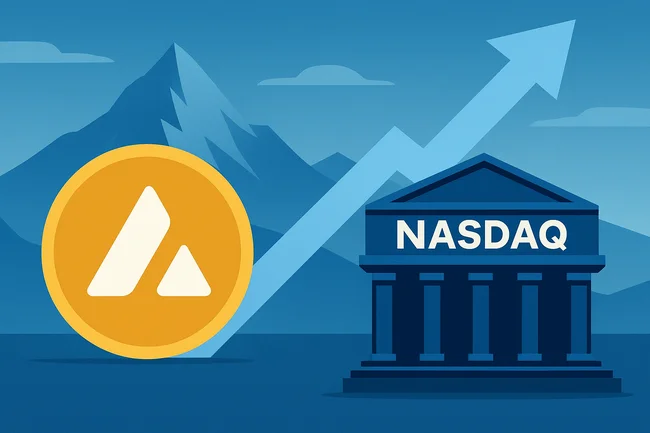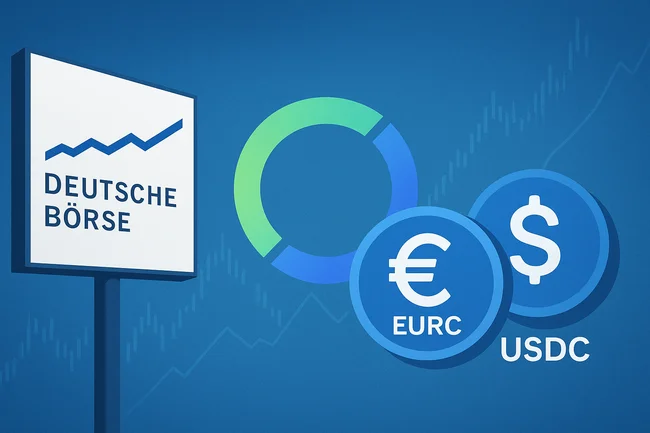Chain reorganization occurs when a blockchain temporarily diverges into two differing versions due to new blocks being mined almost simultaneously. This situation typically happens when multiple miners find valid blocks at similar times, causing a split in the chain.When such a split occurs, nodes in the network may start accepting different versions of the blockchain until one version becomes longer through subsequent mining. The version that gets the most proof-of-work behind it is considered the valid one. As a result, the shorter chain is eventually discarded.This process can lead to the loss of transactions that were included in the discarded blocks. Users may find that their transactions are no longer confirmed, as they are part of the longer chain instead. Chain reorganizations can be benign and part of normal blockchain operation, but they may also create concerns related to security and transaction finality, particularly in cases of larger reorganizations.Overall, chain reorganization highlights the dynamic nature of decentralized networks and the importance of consensus mechanisms in maintaining the integrity of the blockchain.

Avalanche Treasury Co. to Go Public in $675M Deal With Mountain Lake Acquisition
Avalanche Treasury Co. (AVAT), a digital asset treasury company aligned with the Avalanche Foundation, said Wednesday it has agreed to



